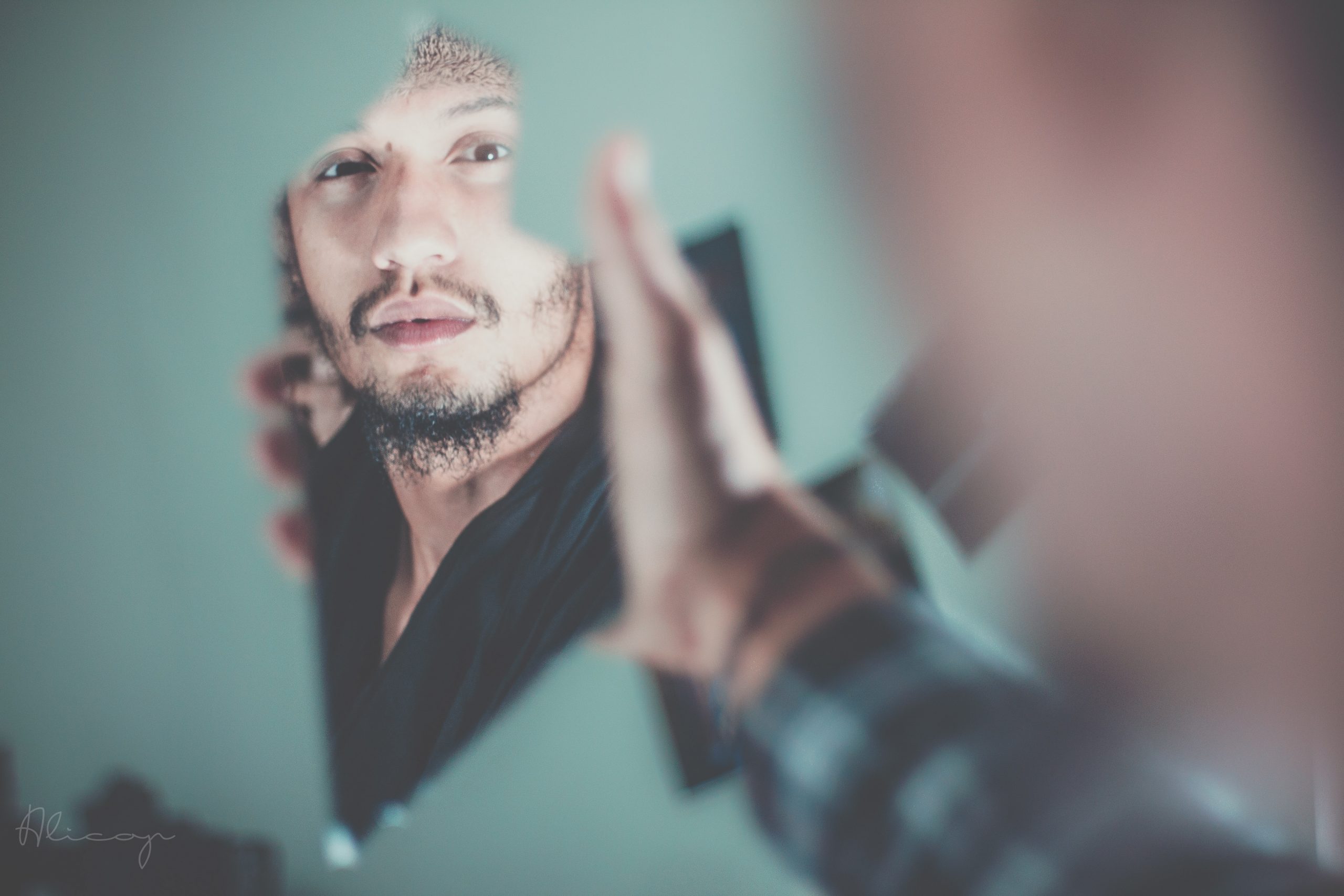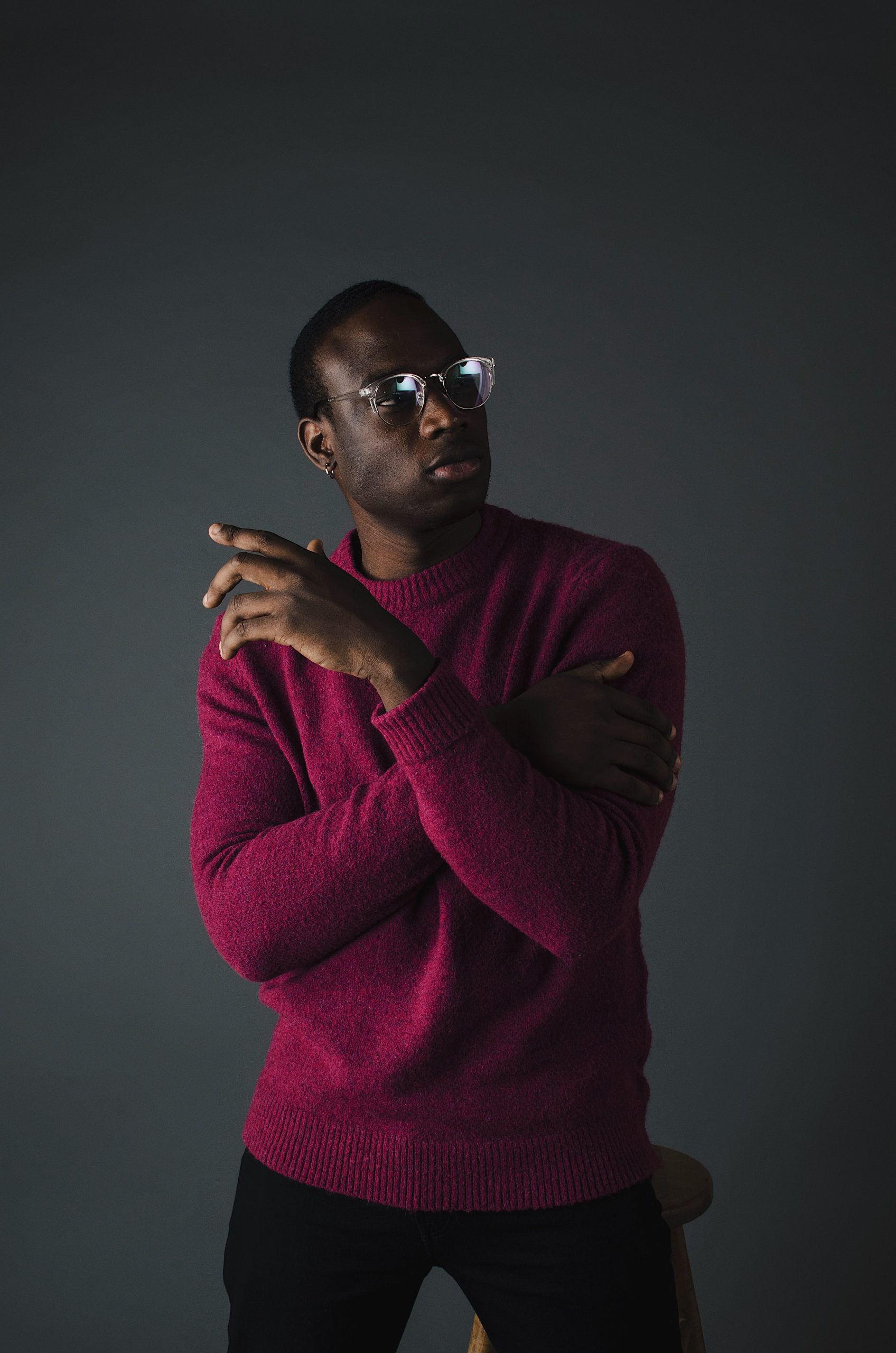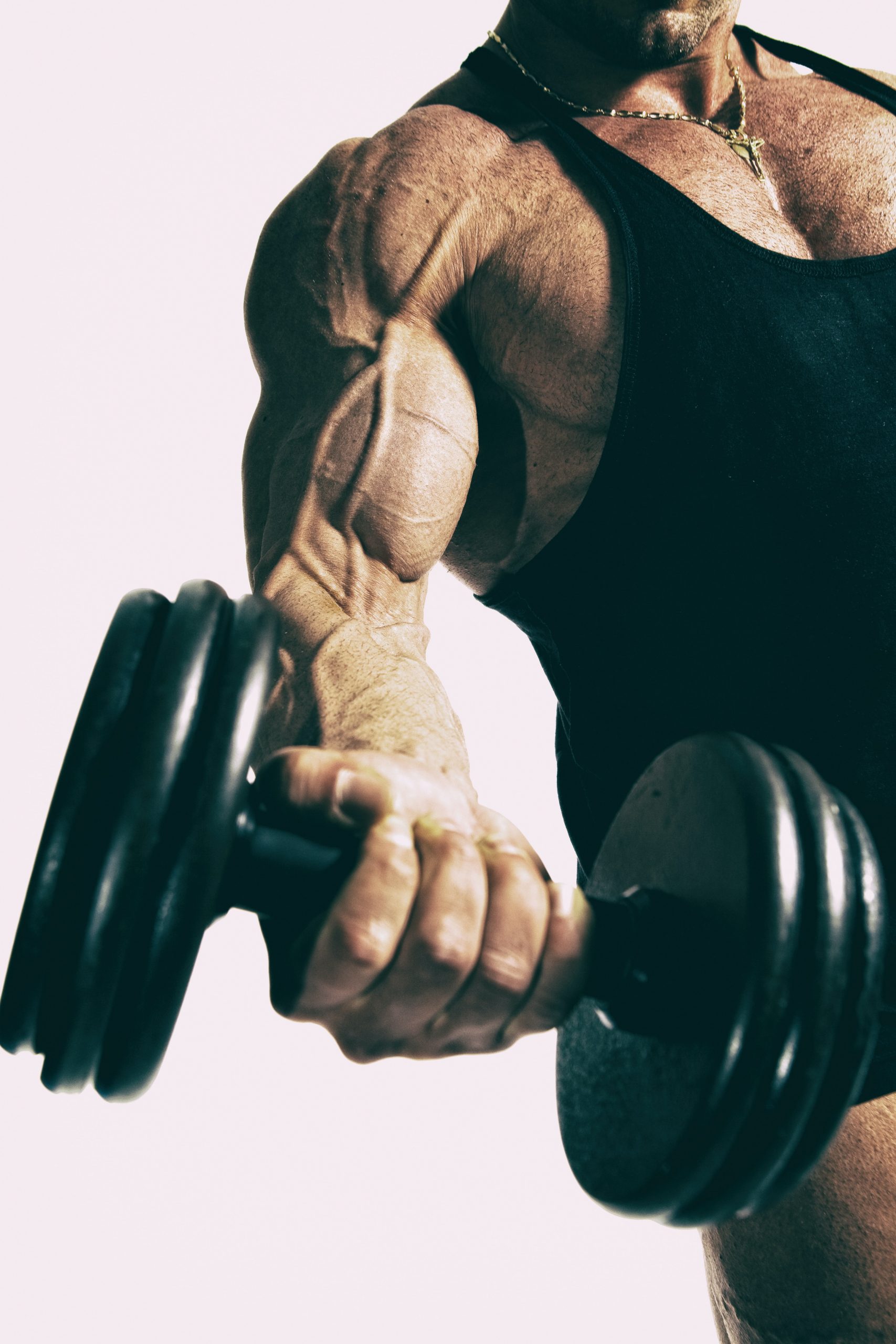The body positivity movement has been around for decades now and has helped thousands of women to battle negative body images. Tackling the surge in edited and transformed images and the advertisement of harmful diet products have been key aspects of the movement’s work.
Yet for much of the movement’s history men have been excluded from its endeavors. This is for a multitude of reasons that will be covered below, however it does not distract from the fact we need more male representation in the body positivity community.
Having positive body role models for boys will help eliminate the prevalence of eating disorders and anxiety amongst young men. Negative body images are the result of the environment we live in and we must do all we can to combat this.

Why Men are Underrepresented
For centuries women have been valued, in large part, according to their bodies and physique. Their worth was determined by the male gaze and how they fitted into the feminine ideals of men. Womens’ bodies have always been up for discussion, it is sadly something that has been solidified within British culture along with many others. However, this also means women are more likely than men to discuss any worries regarding their bodies and their self-image.
For men this precedent has not yet been set. Many within Britain see the discussion of the male body as obscure and bizarre. This phenomenon is most commonly showcased with phrases such as ‘He’s just a guy, he doesn’t care!’
The cultural idea of the ideal stoic man has long halted the progression of mental health in Britain. Men feel pressure to internalise all of their struggles due to social expectations, this is no different regarding male body images.
Furthermore, diverse male bodies are not showcased by clothing brands because they see them as an unknown for marketing purposes. Nick Stickland, the co-founder of ODD, claims that all of the modern day advertising heroes are ‘chiselled gladiators’ due to what is perceived as the ideal male body.
Male Marketing
Marketing norms have established that muscular bodies sell products, they would never risk sales to promote a healthier range of bodies. Only with pressure from customers and influencers will we be able to change the practises of fashion outlets to allow for a less toxic clothing environment.
This issue also translates to the body positivity movement, with there being few male role models in the movement. While there are still those striving to raise awareness of male body positivity, they are often lost within what is largely a movement orientated around the support of women.
By no means is this intentional however, it is simply a reflection of social and cultural norms within Britain. What we must aim to do is combine the voices within the mens and womens body positivity communities to help impact a greater number of young minds.

The Dangers of Unrealistic Body Images
Since 2007, admissions for men with eating disorders has more than quadrupled with the NHS. One of the leading causes for this rapid increase is the prevalence of apps such as Instagram in our society. They allow for influencers to post images of their bodies that are either edited or deliberately angled and shot to attain certain body standards. These images set a false standard and reality for the average person, leading to distress and low self-esteem.
Furthermore, many of these influencers and celebrities have access to a personal chef and in-house gym which just goes to show how out of touch their posts often are. They have a completely different lifestyle and it would be unfair to compare yourself to them due to this.
Even Sam Smith spoke about such differences in their world. Sam also spoke about how media comments on their body resulted in him eating as a coping mechanism. Even celebrities who do not match the traditional expectations of the male body are ridiculed and mocked by the media.
All of these points are even more concerning when speaking to people such as Professor John Morgan. He believes that boys ascertain what their desired body is when they are as young as 11. This means that negative body images are ingrained into us at a young age, and once they are confirmed it is much more difficult to combat.
With men making up one third of those suffering with eating disorders it is vital that we acknowledge and support all men’s bodies, just as we do with women. We have to communicate that all men’s bodies are perfect and valid, it is the only way to ensure that future generations are safe from negative body images.

Those Carrying the Message
Thankfully we have a growing number of influencers who are communicating the message of male body positivity. People like Kelvin Davis, Matt Chu Picchu and Kenny Ethan Jones are all helping to disprove body myths and getting the conversation around mens’ bodies going.
Raising awareness and fighting outdated stereotypes will have an immediate effect on men across Britain, they will feel emboldened to speak about their bodies and to seek professional help where needed.
We must also ensure to support bodies that do not fit the traditionally male mould, we must also encompass trans and non-binary bodies in our efforts to esablish positive body images. The best way to do so would be to have such groups represented in fashion shows and advertising campaigns, however this is something that we cannot dictate.
We must begin by supporting influencers who are not afraid to challenge the status quo, that way we can gradually change public opinion regarding male body positivity, which will then force the hand of many fashion businesses.
One of the vital aspects that we also must consider is how we act with friends and family regarding body positivity. Oftentimes, when people are dismissive of someone’s struggles or their appearance their comments go unchallenged. In order for us to enact effective change we must ensure we hold those we know to the same standard as those within the fashion industry.
Only by changing the general perception of male bodies can we hope to support those who suffer from negative body images. It is only with a unified and consistent effort that we will be able to create positive body images for boys and girls to look up to.
